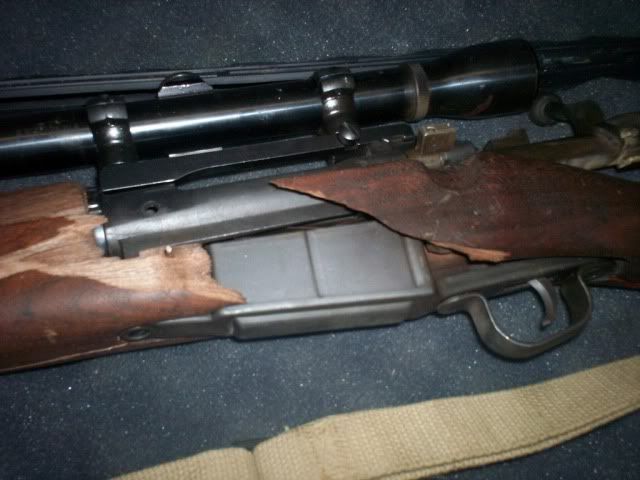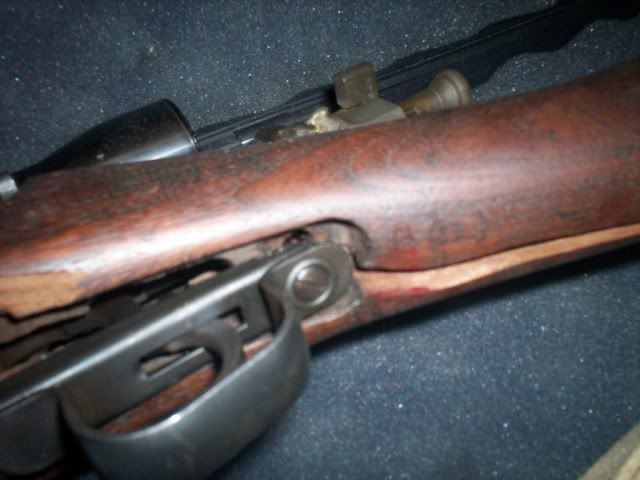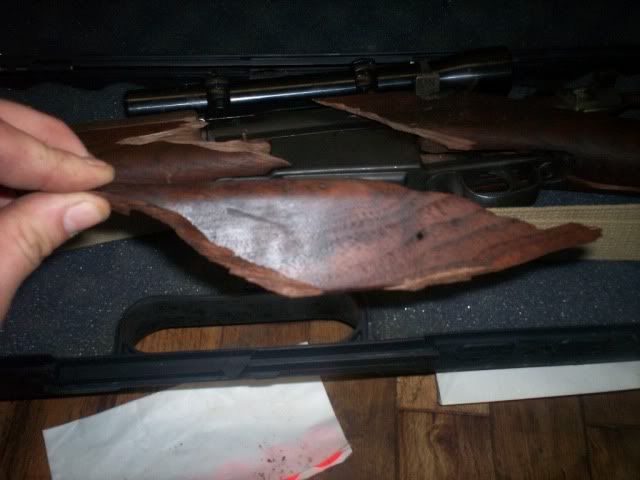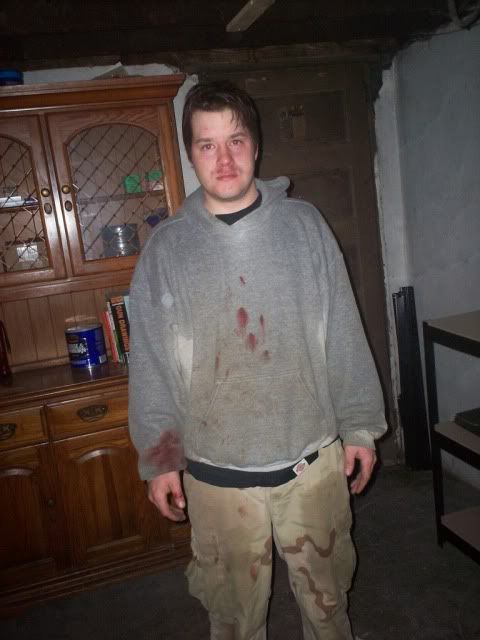I have a National Ordnance M1903, 1944 RIA barrel. Shoots fine when I do my part.
Having owned one defective National Ordnance M1903A3, I would consider any National Ordnance product to be worth only the sum of its GI parts.
The cast receiver on my rifle was so soft, that the receiver lug seat set back under bolt load. Headspace increased and had I continued to fire it, I would have had a cartridge rupture.
I got rid of the rifle in 1983. When I first purchased it, I took it over to a gunsmith to have the headspace checked. That much I knew. The gunsmith told me that the headspace was excessive. I took it back to the place of purchase. The seller than sent it to a gunsmith who did something. I don’t know what, maybe he cut an extra thread on the barrel.
I don’t remember how many rounds I fired. But it was probably under 200. Might have been less than 100. Early rounds were difficult to extract. Took a bit of effort to raise the bolt. As the number of rounds downrange increased, the more difficult it became to raise the bolt handle. Towards the end, I had to beat the bolt handle to open it. The little light bulb went off in my head and I figured out that the lugs were pounding the receiver seats backward. I was having to size the case with the bolt, to open the bolt. I decided not to shoot the thing anymore.
I traded the rifle plus a RIA double heat treat on a Ruger #1.
A poorly built, improperly heat treated receiver made of inferior materials does not have to telegraph catastrophic failure. It just might let go. Poof!
This guy had one blow up on him due to the soft receiver stretching.
http://forum.pafoa.org/general-2/535...gun-broke.html
The owner reported he had only 76 rounds of factory ammunition before the lug set back caused a cartridge rupture.
The original post was on the old Culver's, which deleted all of its old messages after the update. Luckily I saved the pics.
This young man was very lucky he did not lose an eyeball. I expect he had more facial damage than what you see in these poor camera phone pictures.
And he did nothing that was his fault. He simply fired enough factory ammunition until the National Ordnance receiver failed.
This is another account of a National Ordnance which blew up in the gentleman’s face.
http://www.milsurps.com/showthread.php?t=8778&highlight=national+ordnance
This may have been him, or another shooter:
i was the guy who had the National Ordnance 03A3 blow up in my face. I like you am still pushing people away from those ticking time bombs they call rifles. I had one surgery after I last conversed with you. Had to have a tooth removed, piece of brass was blown into my nerve and the sun still burns my eyes from absorbing heat.
http://www.jouster.com/forums/showthread.php?t=2893
Another Gentleman whose father as saved from serious injury by retiring his National Ordnance when he experienced the first signs of case head separation.
http://www.thehighroad.org/showpost.php?p=6853297&postcount=3
Yesterday, 10:35 PM #3
Chainsaw2
Member
Join Date: January 16, 2010
Location: Central Texas
Posts: 33 Thanks! This thing will get cleaned up and the firing pin removed to be a keepsake. Now that I saw the pictures of that guy with the injury and the ruptured brass I remember the same thing happining to my father. He fired a ball load, and the brass had three evenly spaced hairline ruptures in the same place. The gas blew back and caused the cocking piece to hit his thumb and almost break it. We thought it was an over pressure round, but now I bet it wasn't. He never fired it after that, and I guess it was a good thing. I'd be afraid to fire a cast bullet load in it at 1200 fps.
I'll just find a decent Mauser and use that instead.
Thanks again!!!
jim











